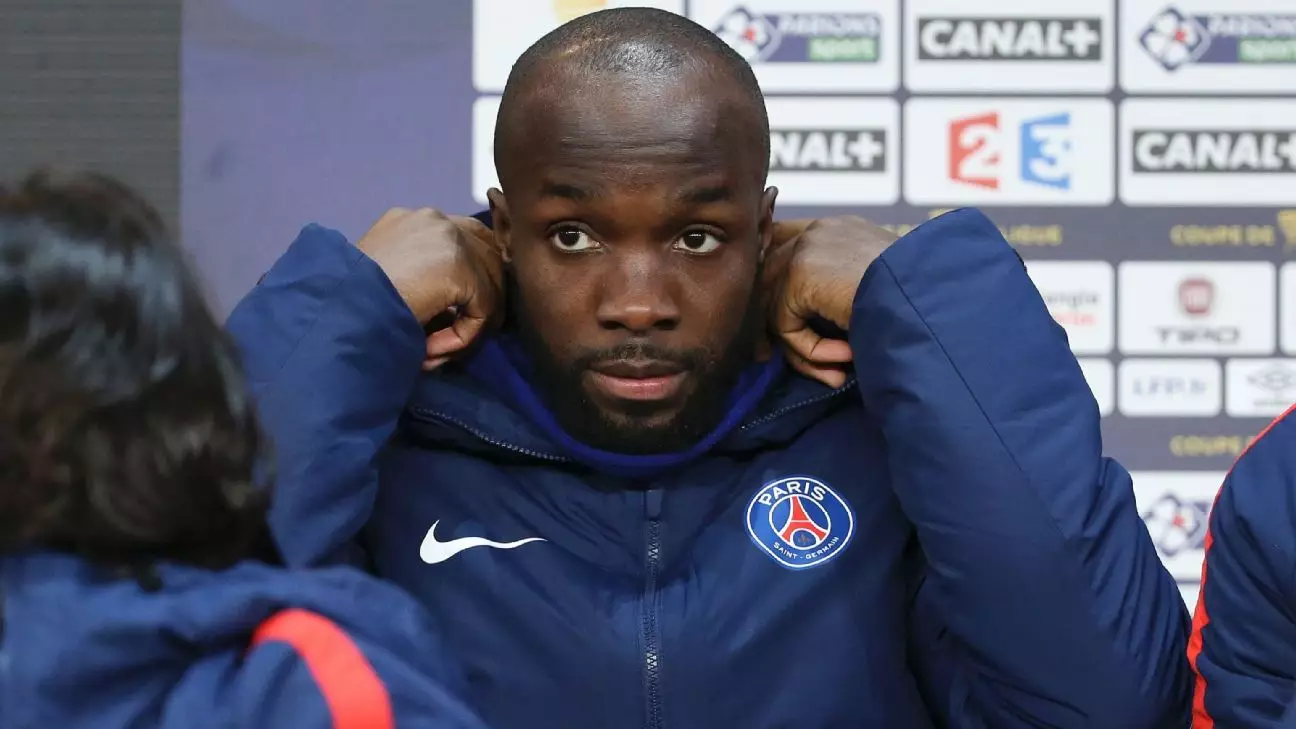Lassana Diarra’s recent legal victory is nothing short of revolutionary within the realm of professional football. For years, the sport has operated under a shroud of opaque and often questionable transfer regulations that prioritize governing bodies’ interests over players’ rights. Diarra’s audacious stand against FIFA and the Belgian football federation sheds light on systemic injustices that have long gone unchallenged. His case exemplifies the potential for athletes to challenge an entrenched power structure and seek genuine fairness in an industry that profits immensely from their labor.
At the heart of Diarra’s confrontation is the recognition that current transfer rules effectively inhibit free movement and fair competition, especially for players who are often caught in conflicts they have little power to influence. His grievance isn’t merely about monetary compensation; it is a symbolic act challenging the legitimacy of a system that has historically marginalized players, particularly those outside the elite echelons of the sport. By claiming €65 million in damages, Diarra isn’t just fighting for himself — he’s wielding a weapon to dismantle a framework rooted in outdated and monopolistic practices.
The Legal Landmark and Its Broader Implications
Diarra’s battle spans over a decade, illustrating the resilience and determination needed to confront such a formidable institution as FIFA. The European Court of Justice’s (ECJ) recent ruling, which found parts of football’s transfer regulations incompatible with European Union laws on labor and competition, marks a significant turning point. It signals that governing bodies can no longer operate with impunity, hiding behind complex rules that often serve their self-interest rather than the sport’s integrity.
This case underscores a critical mismatch between FIFA’s regulations and the fundamental rights of workers within the European Union. The court’s critique of the transfer system—that it stifles player mobility and unfairly constrains competition—demands a reevaluation of the status quo. It pushes the door open for reforms that make football more equitable and transparent. Moreover, this legal precedent empowers other players to challenge unfair restrictions, potentially sparking a wave of anti-monopoly efforts that could reshape the sport’s governance landscape.
Player Advocacy and the Fight for Fair Play
Diarra’s association with FIFPRO and other player unions reflects a broader movement towards collective protection and advocacy. The indication that over 100,000 players could benefit from a class-action lawsuit reveals a growing realization that systemic reform is necessary to prevent exploitation and ensure career stability. Players, especially those from smaller clubs or less privileged backgrounds, often lack the resources or influence to stand against oppressive regulations. Diarra’s courageous stance offers them hope, positioning him as a trailblazer willing to challenge authority on their behalf.
His statement about doing this “for himself” and “for lesser-known players” highlights a profound understanding of his role as a pioneer. Rather than accept a system stacked against him, he chooses to leverage his platform for collective impact. This mindset signifies a shift towards more athletes viewing themselves as stakeholders in the sport’s governance, emphasizing the importance of fairness and justice over blind adherence to outdated norms.
The Future of Football Governance: Hope or Hype?
While FIFA insists it is working towards amending its regulations, familiarity with the organization’s history breeds skepticism. Reform initiatives, often half-hearted, tend to serve more as window dressing than genuine change. Diarra’s case, however, brings renewed scrutiny to FIFA’s practices and questions whether meaningful reform is achievable without external pressure and legal oversight.
This narrative also invites reflection on power dynamics within football—those who wield influence versus the players who generate the sport’s value. The legal challenge could serve as a catalyst for international oversight, pushing for reforms rooted in fairness, transparency, and respect for athletes’ rights. If successful, this landmark case might inspire other sports to revisit their regulations, aligning them closer to human rights and competition law.
In the end, Diarra’s fight exemplifies the potential for individual courage to challenge systemic corruption. His case spotlights the urgent need for a paradigm shift within football—one that prioritizes fairness over profit and recognizes players as true stakeholders in the game’s future. Whether this legal pursuit results in immediate change or merely plants a seed for future reform, its significance cannot be overstated: it’s a bold declaration that the old, unjust system is no longer acceptable.

